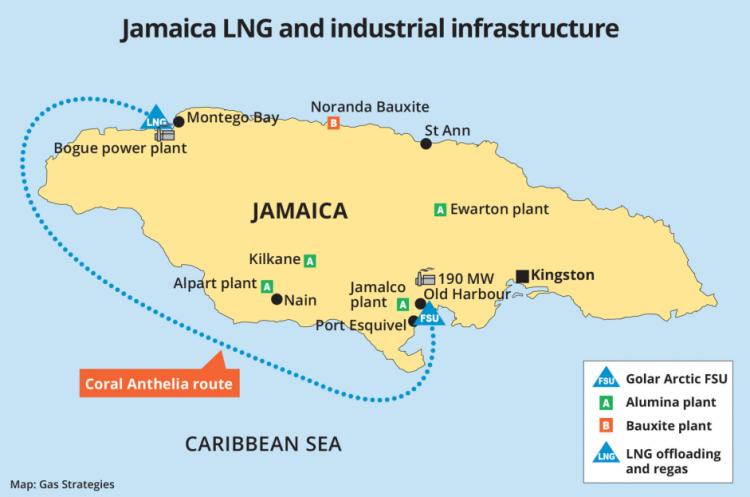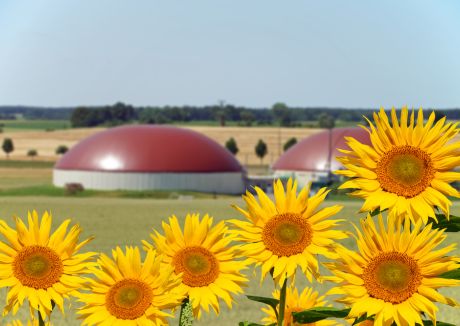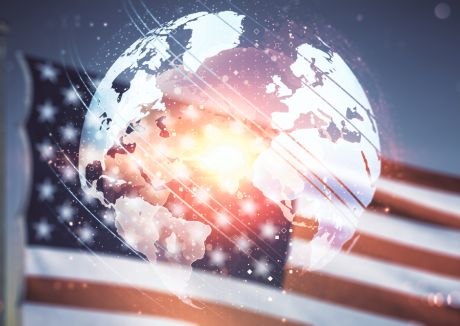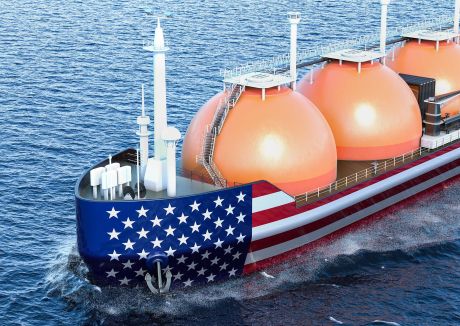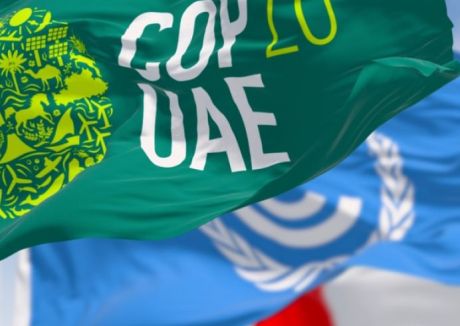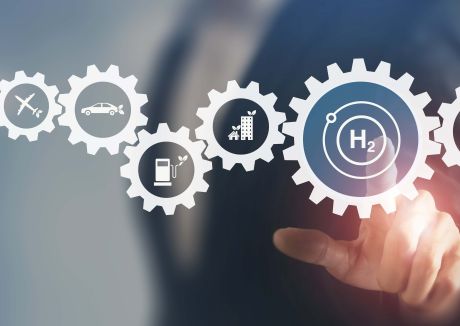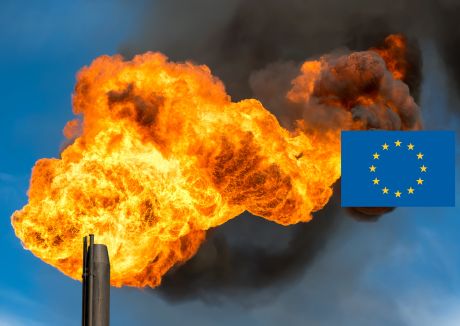Until recently, if you had thought of things for which Jamaica is famous, your list would probably have included Bob Marley, coffee, rum and Usain Bolt. Now, in the gas industry at least, you can add innovation in LNG imports to that list.
Members of the Gas Strategies team have just returned from hosting a 4 day workshop in Kingston, Jamaica on the gas, LNG and LNG-to-power business – as part of which the team made a 400km round trip from Kingston to Montego Bay to see the LNG terminal and gas-fired power plant up close and personal.
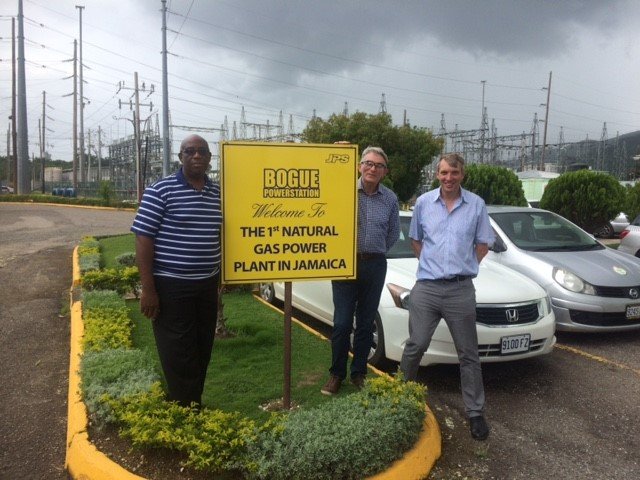 Douet Stennett, Jamaica Ministry of Science, Energy and Technology with David Drury and Martin Lambert of Gas Strategies at the Bogue gas-fired power plant.
Douet Stennett, Jamaica Ministry of Science, Energy and Technology with David Drury and Martin Lambert of Gas Strategies at the Bogue gas-fired power plant.
As for many new markets around the globe, the idea of importing LNG into Jamaica had been on the drawing board for many years. It is a testament to the dedication and professionalism of the teams in JPS, the power utility, and the project developer, New Fortress Energy, and the wider government bodies involved, that gas has now been flowing for several months. What’s more, it took only a little over a year once the agreements were in place until gas started flowing, which is around twice the speed of similar new developments in other countries?
Small-scale LNG is not so small
By global standards, Jamaica is at the small-scale end of LNG importers. With one power plant of 120MW running on gas, to be joined by a second of 190MW in 2019, it is a long way from threatening Japan’s spot as the largest LNG importer in the world. But then with a total population in the country around 2million, the difference in scale is not surprising.
The town hosting the LNG terminal, Montego Bay, is better known as a tourist and cruise ship destination. Whilst this may present opportunities for LNG bunkering in the future, with a number of cruise ship operators turning to LNG as a fuel for shipping (LINK TO LNG BR article with Carnival), it also presents challenges today. For example, the unloading windows of the small-scale LNG vessel, Coral Anthelia, have to be timed to avoid occasions when a large cruise ship is on the adjoining berth. Under the innovative scheme, the Coral Anthelia lighters cargo from the 135,000m3 LNG carrier, Golar Arctic, which serves as a Floating Storage Unit at anchor on the south side of the island. One lasting and unexpected impression from the terminal visit was that a 1000m3 LNG storage tank is actually quite large. Each one is about the size of the fuselage of a Boeing 777, and with the facility providing 7000m3 of LNG storage, the seven white storage tanks positioned side by side is quite an impressive sight!
A model for others to follow?
For some time in the LNG industry there has been a ‘rule of thumb’ that there is a certain minimum size (say, around 1000MW of power generation) needed to make LNG imports worthwhile. Jamaica has shown that those old rules no longer strictly apply – indeed along the LNG chain many “old rules” are being challenged at the moment. Other similar small, developing markets can take inspiration from the innovation demonstrated in Jamaica. As Bob Marley put it: “When one door is closed, don’t you know another is open”. Indeed, he might have been proud to see how Jamaica is now getting clean burning gas “Coming In From the Cold”!
Gas Strategies is a global specialist professional services organisation providing commercial energy advisory services across all continents, through consulting, training and information services.
If you would like more information about how Gas Strategies can help your business with Consulting services across the value chain or provide industry insight with regular news, features and analysis through Information Services or help with people development through Training services, please contact us directly.



